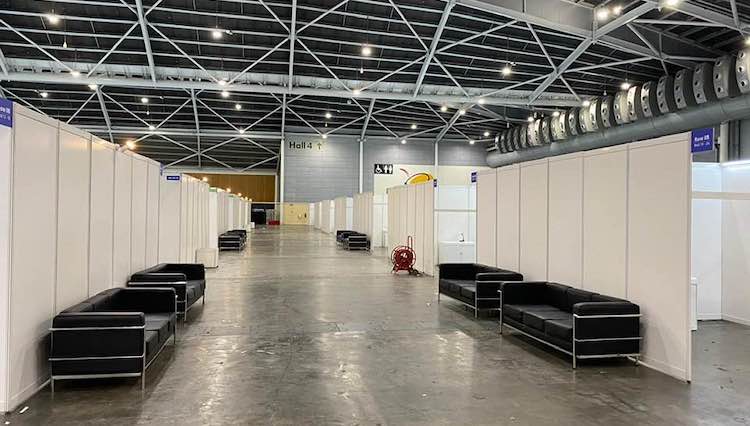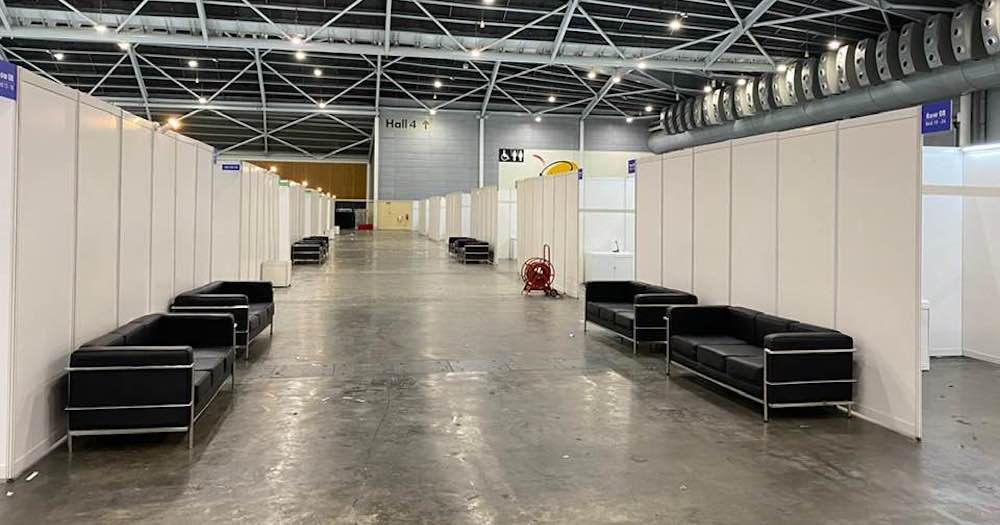Follow us on Telegram for the latest updates: https://t.me/mothershipsg
Ho Ching, CEO of Temasek Holdings, has provided an update and explanation on the community isolation facility at Singapore Expo and how it differs from those premises provided for people serving Stay-Home Notices (SHN).
This was after the Singapore Expo was announced on Apr. 5 as a second community isolation facility.
Ho's latest Apr. 7 post appeared to have been a response to some commenters who said the Singapore Expo venue "is not (an) isolation facility".
People serving their SHN are individually isolated
Explaining the difference, Ho wrote that those serving SHN isolation are not confirmed to have the Covid-19.
This means that that we do not know if they are carrying the virus or not and need to be individually isolated for 14 days.
Ho added: "So whether they stay home or stay hotel, they have to keep away from others, just in case they are carrying the virus when they appear well."
"So SHN type isolation is individual isolation for the duration of the 14 day incubation period."
Recovering patients can be isolated in a community facility
The cubicles at Expo, she explained, were completed and common areas were being sorted out.
This is the photo in her latest post:

She then explained the rationale behind why recovering Covid-19 patients can be isolated in a community facility.
Covid-19 patients who are clinically well need to be isolated from people who do not have the virus.
Covid-19 patients can then mingle amongst themselves as it is known that they have the virus unlike those serving their SHN.
The recovering patients do not have pneumonia and are able to walk about, but are still producing or shedding viruses in their saliva and so on.
She also added that it does not make sense to keep them in single room isolation, which means that they would take up valuable beds.
Hopes for "gotong royong" at the Community Isolation Facility
According to Ho, frontline workers, such as cleaners, nurses and doctors, will still need to wear protective gear when entering the facility where the patients are.
Patient's waste and laundry will still be treated carefully as they could be infectious to those who do not have Covid-19.
However, Ho said that the patients are free to mingle amongst themselves as "they would have built up their antibodies against further infection".
The facility will have cubicles for privacy and the common areas will allow recovering patients to relax and not feel too isolated.
She then added in her post that she hopes for patients to help one another out and this would lead to patients practicing "gotong royong", which refers to mutual help and sharing of burdens.
On that note, she hoped for recovering patients to donate their blood to seriously sick patients or to be used to make monoclonal antibody treatments or vaccines for Covid-19.
She added that this could help with monoclonal antibody research across the globe in treating Covid-19.
She ended her post on a heartwarming note and said: "So folks, stay safe, keep well, and when the recovering patients come home, give them a hug from me."
Top photo by Ho Ching/Facebook
If you like what you read, follow us on Facebook, Instagram, Twitter and Telegram to get the latest updates.
